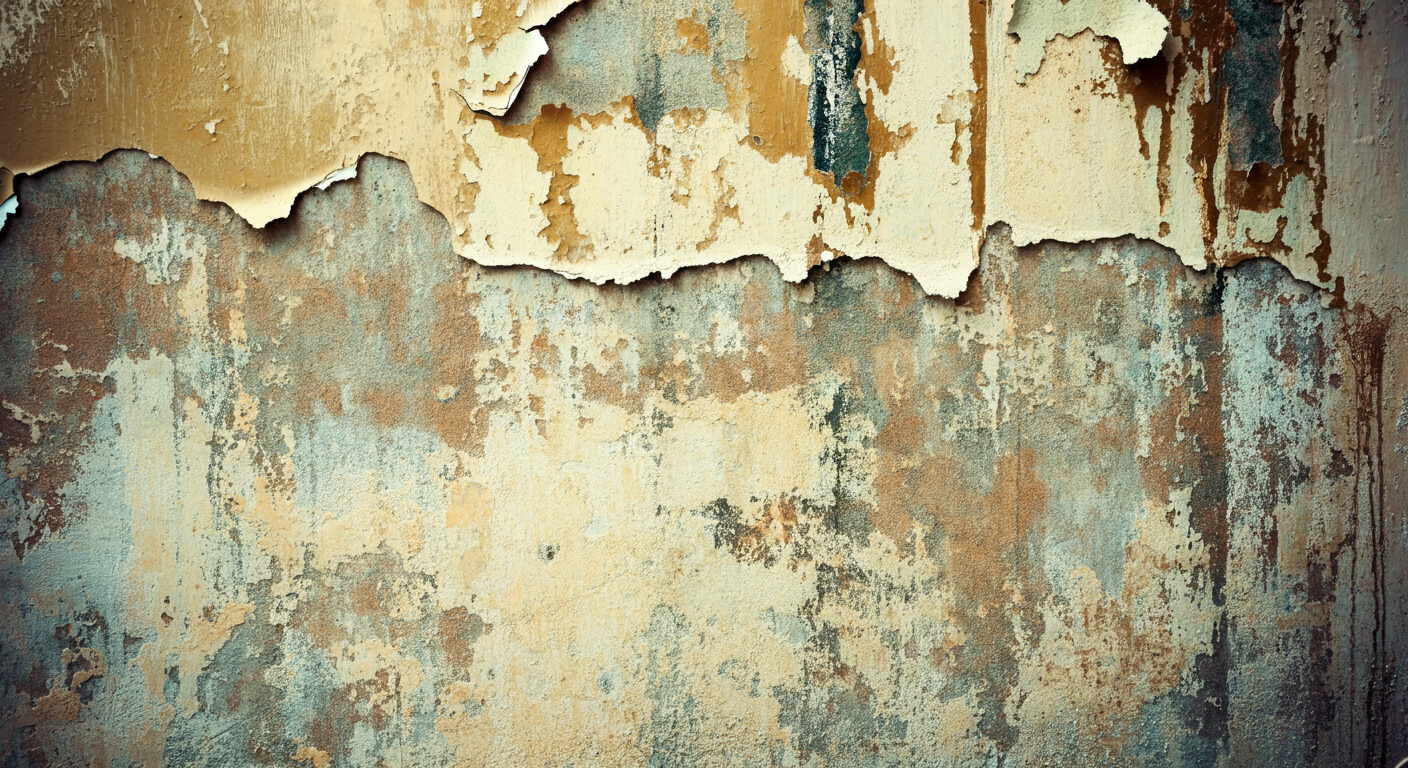
WHAT IS RADON
&
How is your Sump Pump negatively impacting your health?
What is Radon
Radon is a radioactive gas that comes from the natural breakdown of uranium in soil and rocks. It's invisible, odorless, and tasteless, but it can build up indoors, especially in basements or areas with poor ventilation. Long-term exposure to high levels of radon can increase the risk of lung cancer, particularly for smokers.
In Manitoba, radon levels vary widely, and about 19% of homes exceed the Canadian safety guideline of 200 Becquerels per cubic meter (Bq/m³). Radon can enter homes through cracks in the foundation, gaps around pipes, or even through well water. Testing is the only way to know if your home has high radon levels.
Examples of radon exposure:
Homes with poor ventilation: Radon can accumulate in tightly sealed or well-insulated homes, especially in areas with high uranium content in the soil.
Basements: Since radon comes from the ground, basements often have higher concentrations.
Schools and workplaces: Radon exposure isn't limited to homes; it can also build up in other buildings with inadequate ventilation.
Geological hotspots: Areas with granite, limestone, or shale bedrock tend to have higher radon levels.
Testing for radon is simple. You can use a DIY test kit available at hardware stores or hire a professional to measure radon levels. If your home has high radon levels, solutions like improving ventilation, sealing foundation cracks, or installing a radon mitigation system can help reduce exposure.
RadonManitoba@gmail.com | Or call 204 470 9902
*All information is provided based on the Radon Reduction Guide for Canadians issued by the Government of Canada.
Why connecting radon mitigations sytem to SumpPump is a bad idea
⚠️ Why It’s Problematic
1. Moisture and Electrical Risk
Sump pits are designed to collect water. Installing an electrical fan in or near this environment increases the risk of electrical hazards, short circuits, or equipment failure due to moisture exposure.
2. System Inefficiency
Radon mitigation systems rely on active soil depressurization, which requires sealing and controlling airflow from beneath the slab. A sump pit is not designed for this purpose and often has multiple openings, making it difficult to maintain proper negative pressure.
Air drawn from the sump may bypass radon-rich zones, reducing the system’s effectiveness.
3. Cross-Contamination
Sump pits can contain organic matter, sewer gases, or mould spores. Pulling air from this area and venting it outside may inadvertently spread contaminants or odours.
4. Code and Standards Compliance
According to CAN/CGSB-149.11-2024, radon mitigation systems should follow specific design principles that prioritize sealed sub-slab depressurization points. Using a sump pit as the primary suction point often violates best practices and may not meet building code expectations.
5. Maintenance and Reliability
Sump pits require regular maintenance. Installing a fan here complicates access and may interfere with the sump pump’s operation, especially during high water events.
✅ Better Alternatives
Use a dedicated suction point through the slab, ideally located based on pressure field extension testing.
Seal the sump pit properly and, if needed, integrate it into the system with a sealed lid and passive connection - not as the primary fan location.



